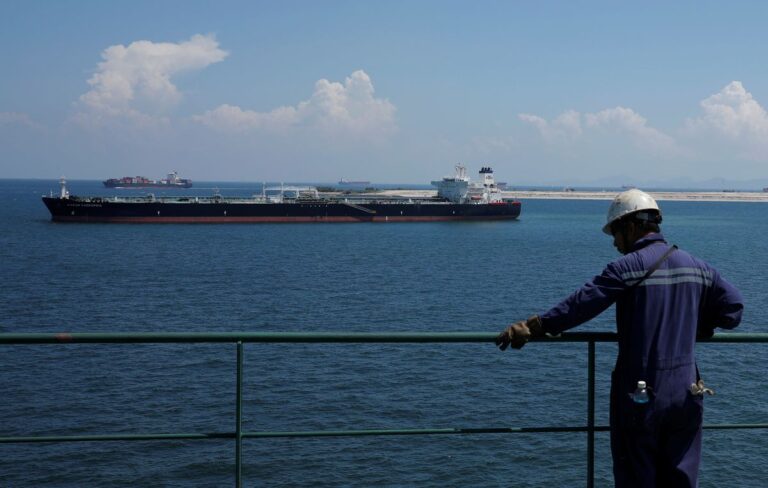Over the last four weeks total stockpiles, including the Strategic Petroleum Reserve, have fallen at a rate of 1.15 million barrels a day, marking the largest four-week decline on a rolling basis in Energy Information Administration Data going back to 1982.
Meanwhile, Nymex calendar spreads rallied Wednesday, with the September West Texas Intermediate futures contract rising to $1 a barrel premium over October for the second time this month, pointing to expectations for ongoing supply tightness through the summer.
The record rate of drawdowns underscore the strength of the U.S. oil demand recovery just ahead of a critical meeting between OPEC and its allies on Thursday to debate a potential output increase.
LAUNCESTON, Australia, Oct 12 (Reuters) – Despite a rally in crude oil prices to three-year highs, there is scant evidence that demand in the top importing region of Asia is recovering.
In fact, imports across the region dropped in September from the previous month, as high prices and economic disruption from the coronavirus pandemic continued to affect fuel demand.
What there is early evidence of is that the major producers in the OPEC+ group of exporters are re-gaining market share lost due to their earlier output cuts, as they ramp up production and cut their official selling prices.
Asia’s crude imports were 22.99 million barrels per day (bpd) in September, according to Refinitiv Oil Research, down from 23.24 million bpd in August and only just above July’s 22.61 million bpd.
China, the world’s biggest crude importer, brought in 9.6 million bpd last month, down from August’s 10.53 million bpd, according to Refinitiv’s vessel-tracking and port data.
The softness in September imports are most likely a reflection of the high official selling prices (OSPs) for Middle Eastern grades that prevailed at the time when September-arriving cargoes would have been arranged.
Also, a lack of available crude import and product export quotas may have constrained buying by China’s independent refiners, who account for about one-third of its oil demand.
September arrivals would have been booked around June and July, and it’s worth noting that since then the major Middle East exporters have moved to cut their OSPs, as well as boost output in line with an agreement by the OPEC+ group to add back 400,000 bpd every month from August to December.
Saudi Arabia, the world’s biggest crude exporter, lowered its OSP for its benchmark Arab Light grade to Asian customers for November-loading cargoes by 40 cents a barrel, to a premium of $1.30 a barrel to regional benchmark, the Oman/Dubai average.
Read More at the Source: https://www.reuters.com/business/energy/asia-crude-oil-imports-stay-soft-middle-east-is-regaining-share-russell-2021-10-12/

